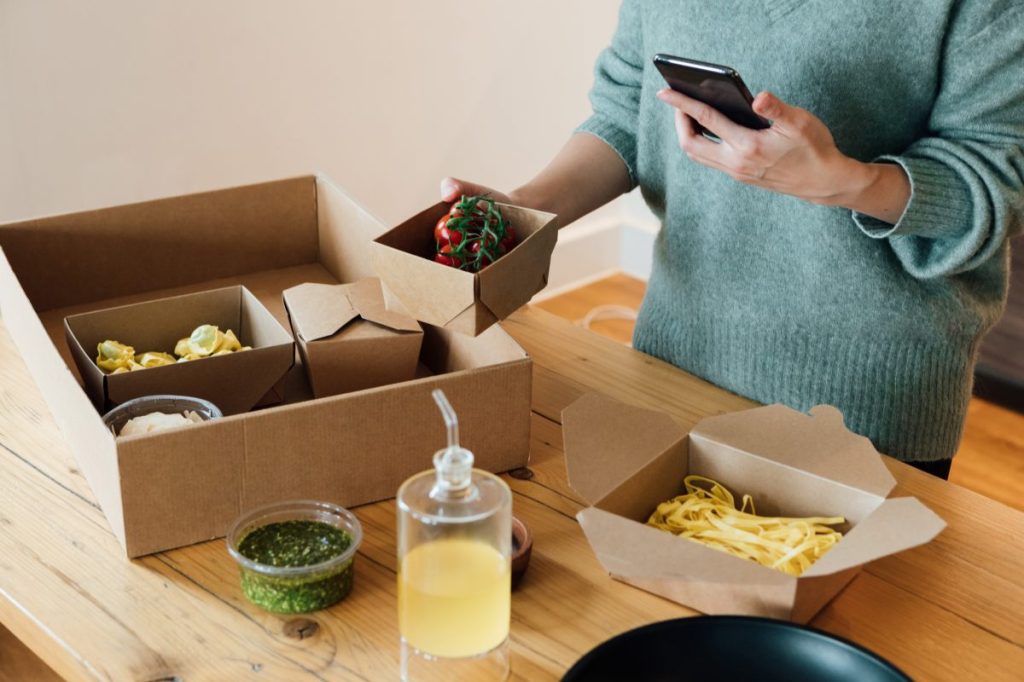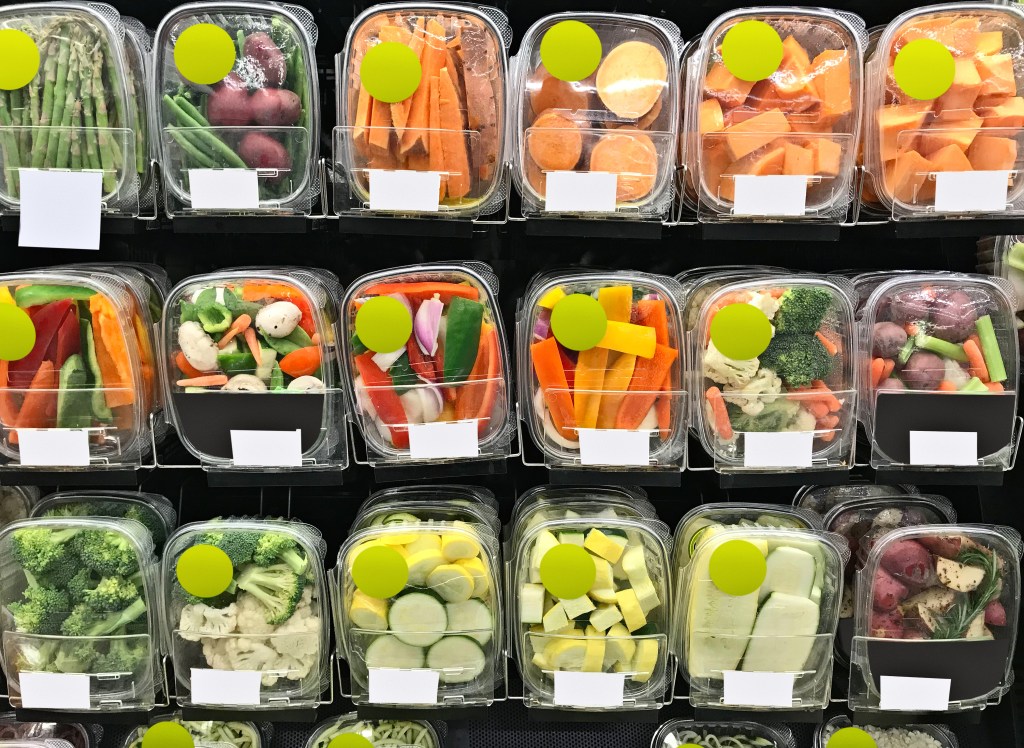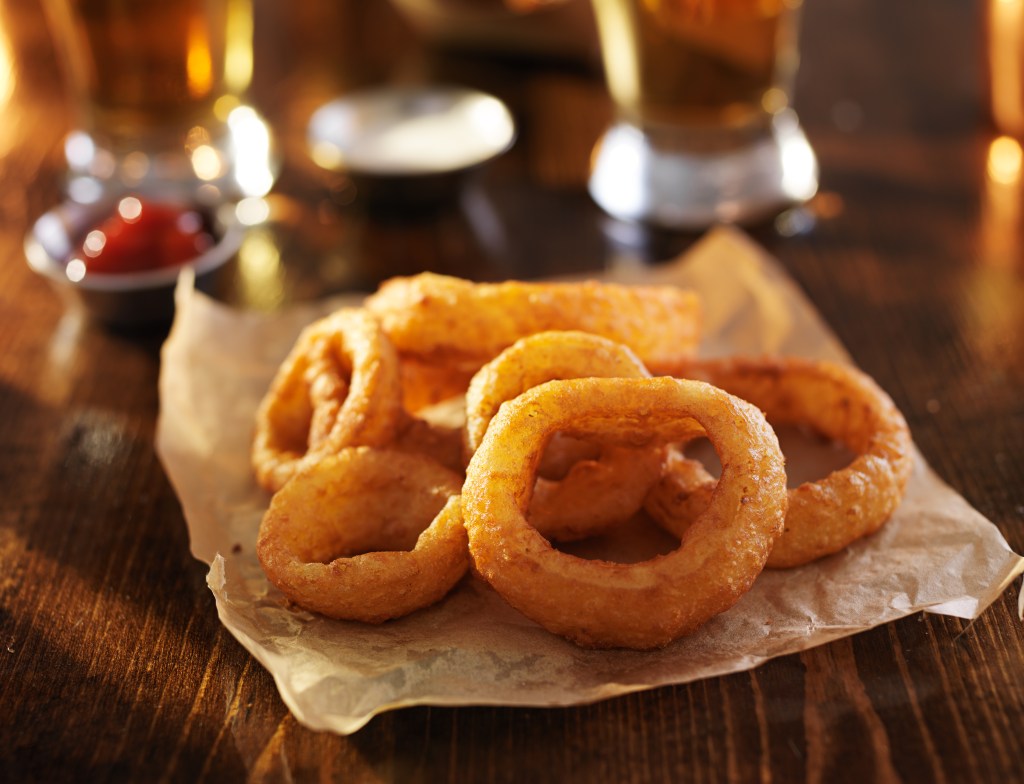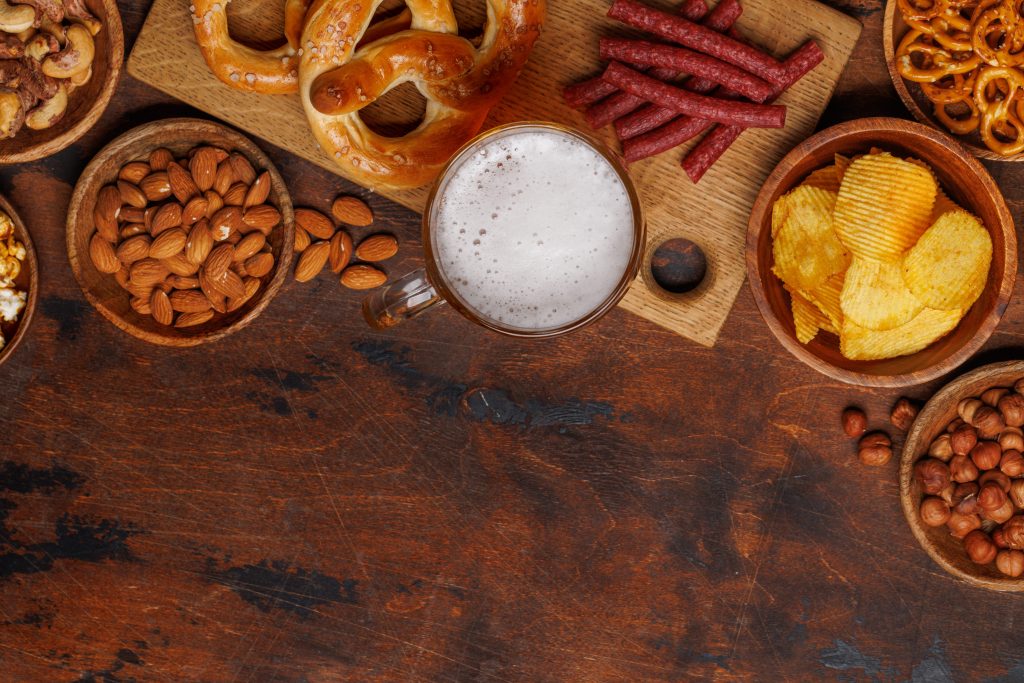A trend toward home and wellbeing
According to NielsenIQ research, over half (57%) of U.S. consumers have changed their eating habits or meals at least moderately in the past two years. Rates of in-home consumption have risen as consumers work from home more than ever before: 82% of respondents said they ate more at home than away from home in the past six months.
Meals have also trended toward health and wellness: 42% of consumers claim that their eating habits have become healthier. Routine meals with fresh ingredients (46%), eating more fresh fruits and vegetables (45%), and consuming less salt, sugar and saturated fats (42%) are the top three ways consumers report their eating habits have become more healthy.
Small but mighty: snacks replenish energy
Smaller meals and snacks accounted for 73% of eating occasions. Smaller meals are consumed steadily throughout the day from late morning to late afternoon, serving as midday pick-me-ups between full meals. “Recharging” was the most common reason consumers chose to eat a snack outside of mealtimes. Full meals are less frequent, saved for time with others, and are consumed when happier and more energetic.
Sweet snacks are typically used for indulgent occasions, with 24% of consumers reporting having one. They are usually eaten alone and consumed when experiencing lower mood and energy. However, two notable exceptions are ice cream and popsicles. They are eaten with other people more often than when alone, and they are associated with the highest mood and energy of all sweet snacks. In fact, popsicles and ice cream make up 21% of sharing occasions. The two most common reasons for consuming a sweet snack were indulgence and reward.
The company we keep
Eating alone or with others significantly affects the type of snacks consumers choose to eat. For example, fruits and veggies are the snack most often eaten alone. Additionally, 49% of small meals are eaten alone, but mood and energy are lower compared to full meals. Chips, pretzels, and popcorn are the number one shared snack.
39% of full meals are with other people, and these occasions tend to create more happiness—a higher mood and energy. Nearly half of all full meals are eaten between 3 p.m. and 7 p.m. Days of the week matter too—more people eat with their partner on Sunday but alone on Monday.
Keys to success in the new world of snacking
There are three key actions CPG companies can take to stay relevant as snacking rises in consumption dominance:
- Lean into wellness. Where applicable, consider focusing on “better for you” messaging. Since consumers are trending toward healthier snacks and overall eating habits, it is vital for messaging to align with their lifestyle.
- Use messaging that matters. Communicate around mid-day moments, both at home and in office settings. Consumers are seeking out snacks to recharge and reenergize themselves between full meals.
- Leverage patterns around sharing: Communicate benefits around snacking with others—for example, making memorable weekends at home with the family.
Keeping an eye toward the future
As consumers shift toward smaller, healthier meals and snacks, snacking is the new black. CPG manufacturers and retailers must pay close attention to emerging trends and listen to consumers’ needs to take advantage of opportunities in the months ahead.





